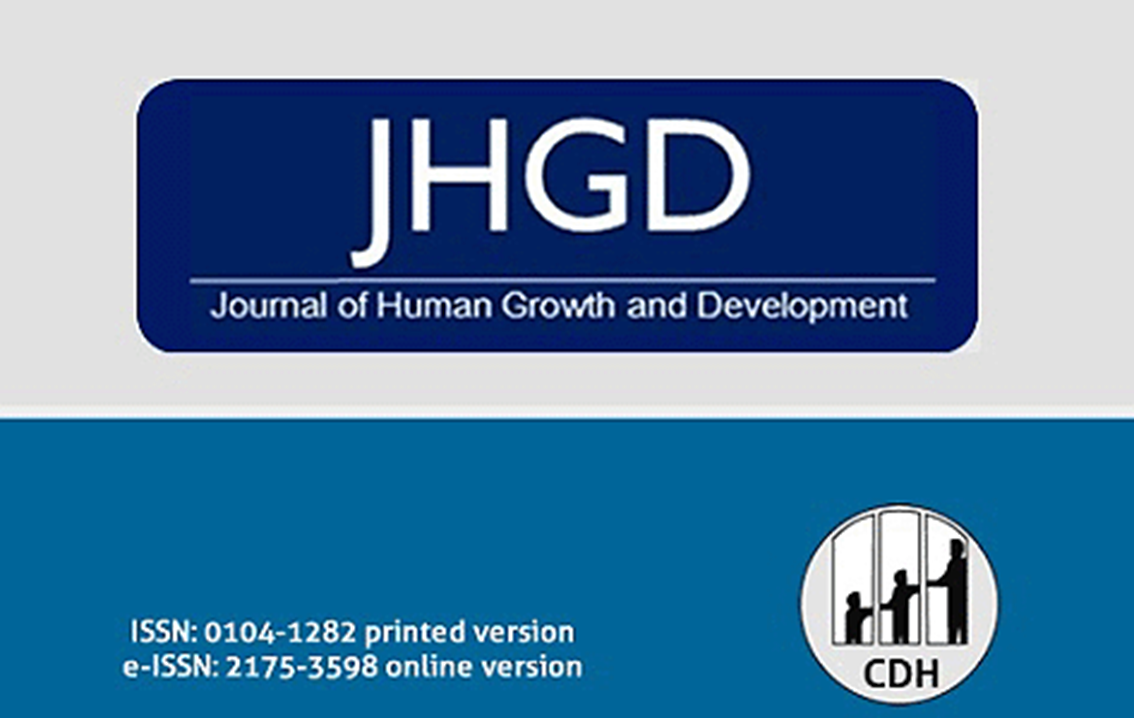Early diagnosis of diabetic neuropathy and prophylaxis of diabetic foot
DOI:
https://doi.org/10.36311/jhgd.v33.14252Keywords:
diabetes mellitus, diabetic neuropathy, diabetic angiopathy, diabetic vascular diseases, diabetic feet, neuropathyAbstract
Introduction: the diabetic foot is one of the most serious complications of diabetes mellitus. About 50% of non-traumatic amputations occur in these patients. In addition, it is an important public health problem and constitutes a chronic and complex metabolic disorder that is characterized by impaired metabolism of glucose and other complications in essential organs for the maintenance of life.
Objective: to evaluate the sensitivity and specificity of diabetic neuropathy using the Michigan self-assessment and physical examination in type 1 and type 2 diabetics.
Methods: this is a cross-sectional study. The “Michigan Neuropathy Screening Instruments” classification was used to assess the degree of peripheral neuropathy, in which participants answered the questionnaire and were evaluated for the presence of foot lesions. All participants were stratified by the risk of developing foot ulcers according to the IWGDF protocol.
Results: the sample had 200 participants. Regarding the IWGDF classification, 23 patients were classified as moderate risk (11.50%) and 61 as high risk for developing foot ulcers (30.50%). Using a cutoff of 2.5 on the physical examination score to diagnose neuropathy, a sensitivity of 97.62% and a specificity of 47.41% were obtained. Using a score greater than or equal to 6 in the self-assessment for the diagnosis of neuropathy, a sensitivity of 50.00% and a specificity of 94.83% were found.
Conclusion: the association of the Michigan physical examination (high sensitivity) with self-assessment (high specificity) increases the accuracy for the diagnosis of diabetic neuropathy.
Downloads
References
Boulton AJM. Diabetic neuropathy and foot complications, Handb. Clin. Neurol. 126 (2014) 97–107.
Rodrigues D et al. Comparação da prevalência de neuropatia e dos testes de screening para neuropatia diabética (Neuropathy Disability Score versus Michigan Neuropathy Screening Instrument) em homens e mulheres: diabéticos, obesos pré-diabéticos, obesos com síndrome metabólica, (2017).
Oh J. Clinical spectrum and diagnosis of diabetic neuropathies, Korean J. Intern. Med. 35 (2020) 1059.
Sebastianes FM., Zanoni PH, Feitosa ACR, Nery M., Parisi MC. Comparação entre o Teste de Senso de Posição Articular (TSPA), Teste do Diapasão (TD), Exame do Monofilamento de Semmes-Weinstein (EMSW) e Instrumento de Rastreio de Neuropatia de Michigan (QMNSI) na sensibilidade do diagnóstico da polineuropatia diabétic, Rev. Med. 100 (2021) 246–253.
Schaper NC., Van Netten JJ., Apelqvist J et al. Board, Practical guidelines on the prevention and management of diabetic foot disease (IWGDF 2019 update), Diabetes. Metab. Res. Rev. 36 (2020) e3266.
Oliveira F, Botelho K, Bezerra A, et al. Cross-cultural adaptation to Brazilian Portuguese of the Michigan Neuropathy Screening Instrument: MNSI-Brazil. Arquivos de neuropsiquiatria, 2016; 74 (8): 653661
Harati Y. Diabetic neuropathies: unanswered questions, Neurol. Clin. 25 (2007) 303–317.
Faselis C, Katsimardou A, Imprialos K et al. Microvascular complications of type 2 diabetes mellitus, Curr. Vasc. Pharmacol. 18 (2020) 117–124.
Verge VMK, Andreasse CS, Arnason TG, Andersen H. Mechanisms of disease: role of neurotrophins in diabetes and diabetic neuropathy, Handb. Clin. Neurol. 126 (2014) 443–460.
Malik RA, Tesfaye S, Ziegler D. Medical strategies to reduce amputation in patients with type 2 diabetes, Diabet. Med. 30 (2013) 893–900.
Costa WJT, Abreu LC, Antunes TPC, Souza JL, de Castro JM, Rocha JBF, Penha-Silva N, Bezerra IMP. Prevalence of diabetic foot and its risk factors in the State of Espirito Santo, Brazil.J Hum Growth Dev. 2023; 33(1): 33-43. DOI: http://doi.org/10.36311/jhgd.v33.14295
Peltier A, Goutman SA, Callaghan BC. Painful diabetic neuropathy [published correction appears in BMJ. 2014;348:g3440]. BMJ. 2014;348:g1799. Published 2014 May 6. doi:10.1136/bmj.g1799
Downloads
Published
Issue
Section
License
Copyright (c) 2023 Saraiva BPLG, Ribeiro JD, Casa BA, Osugi RH, Nakagome GS, Neto OVC, Roediger MA, Correa JA

This work is licensed under a Creative Commons Attribution 4.0 International License.






